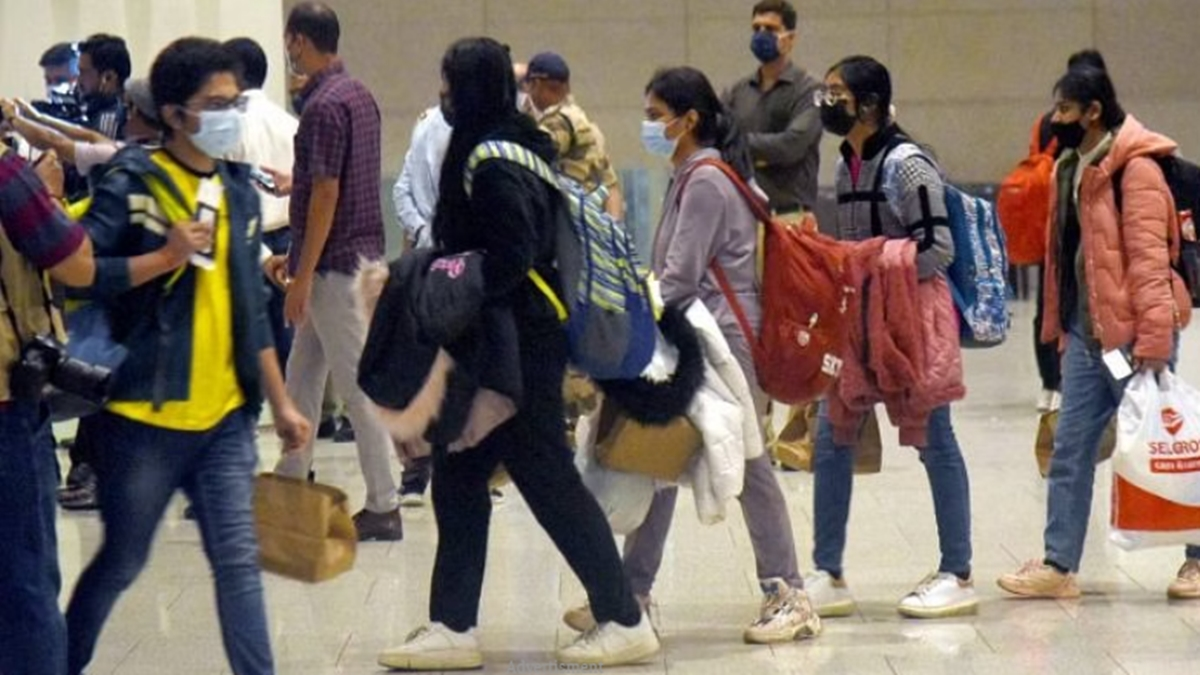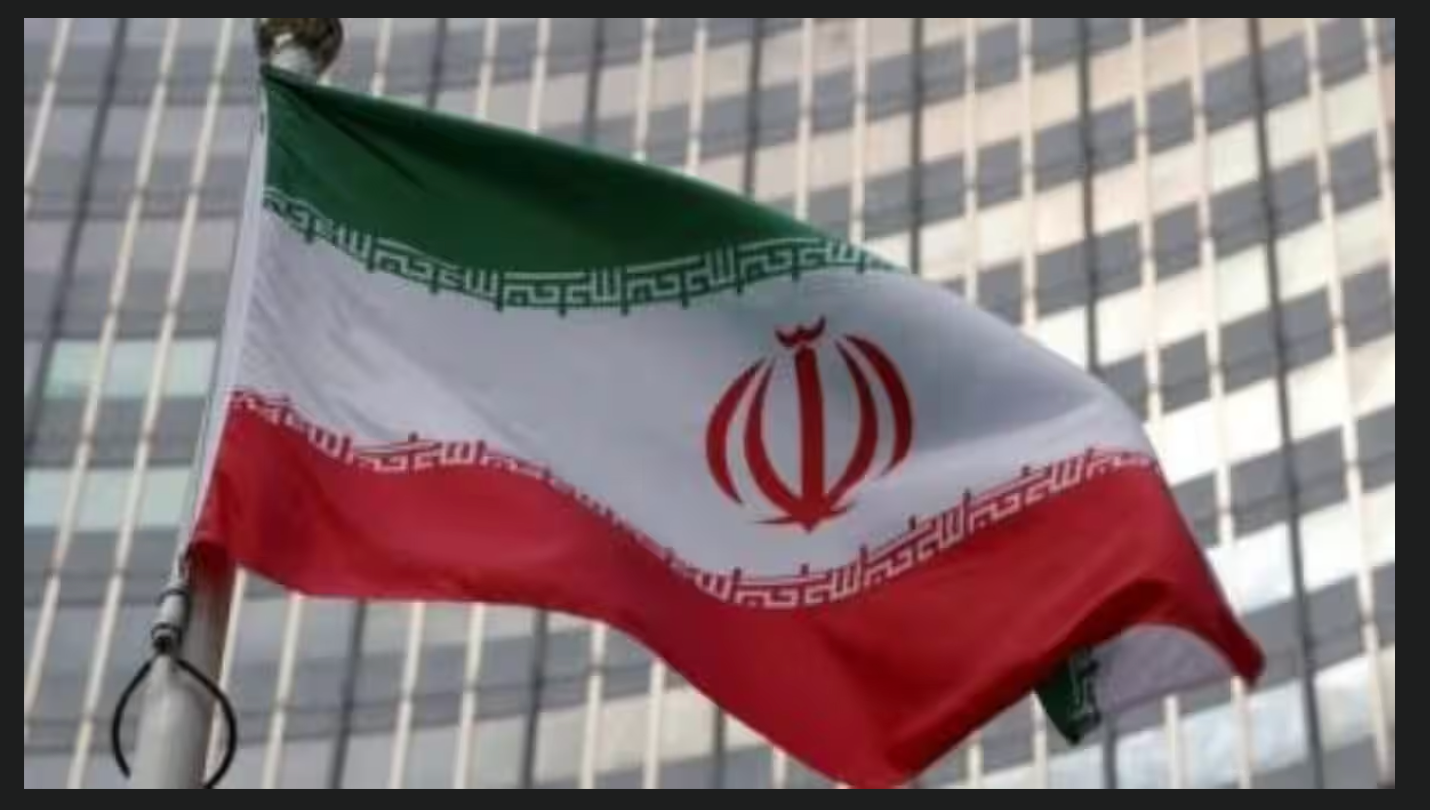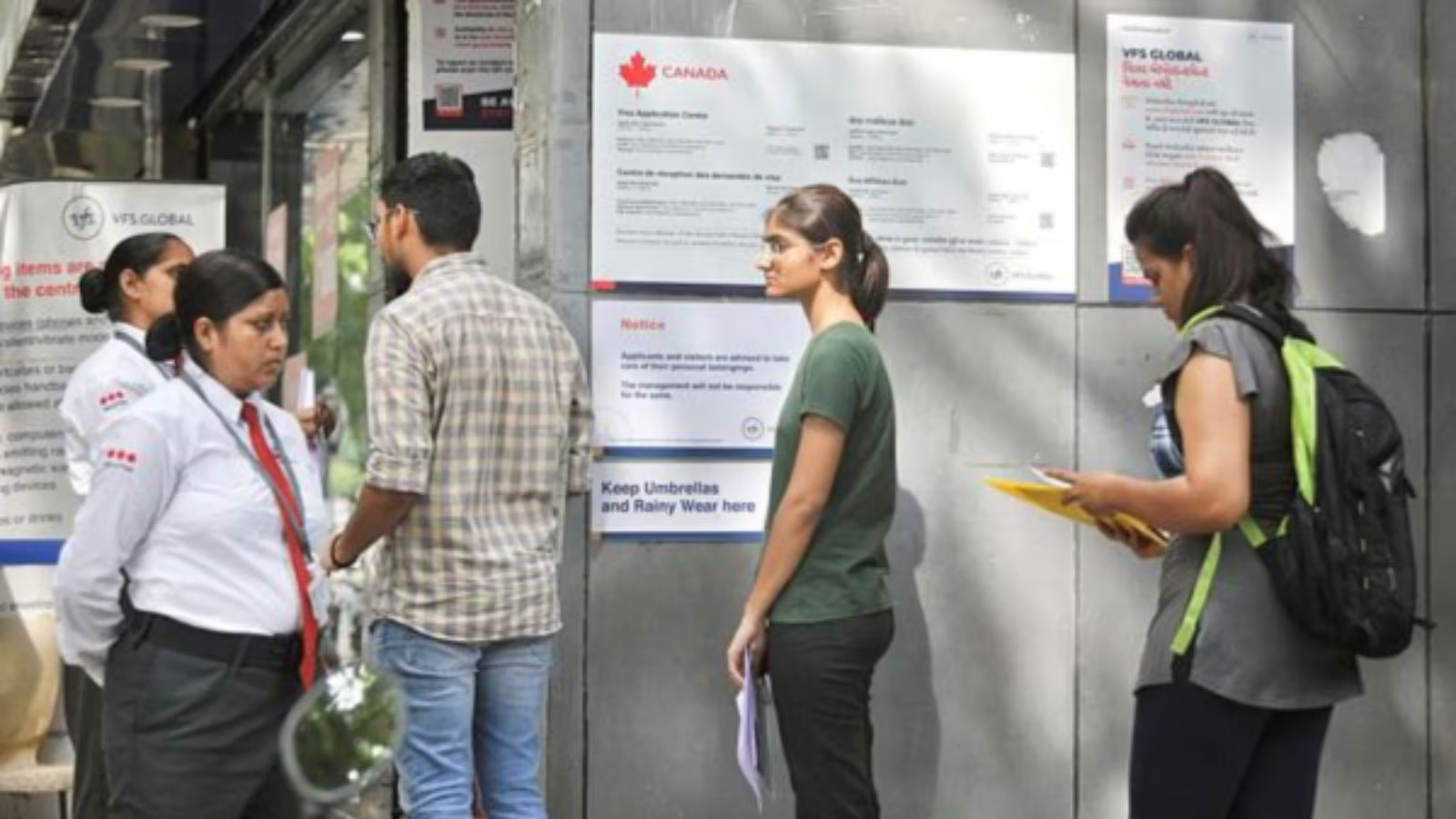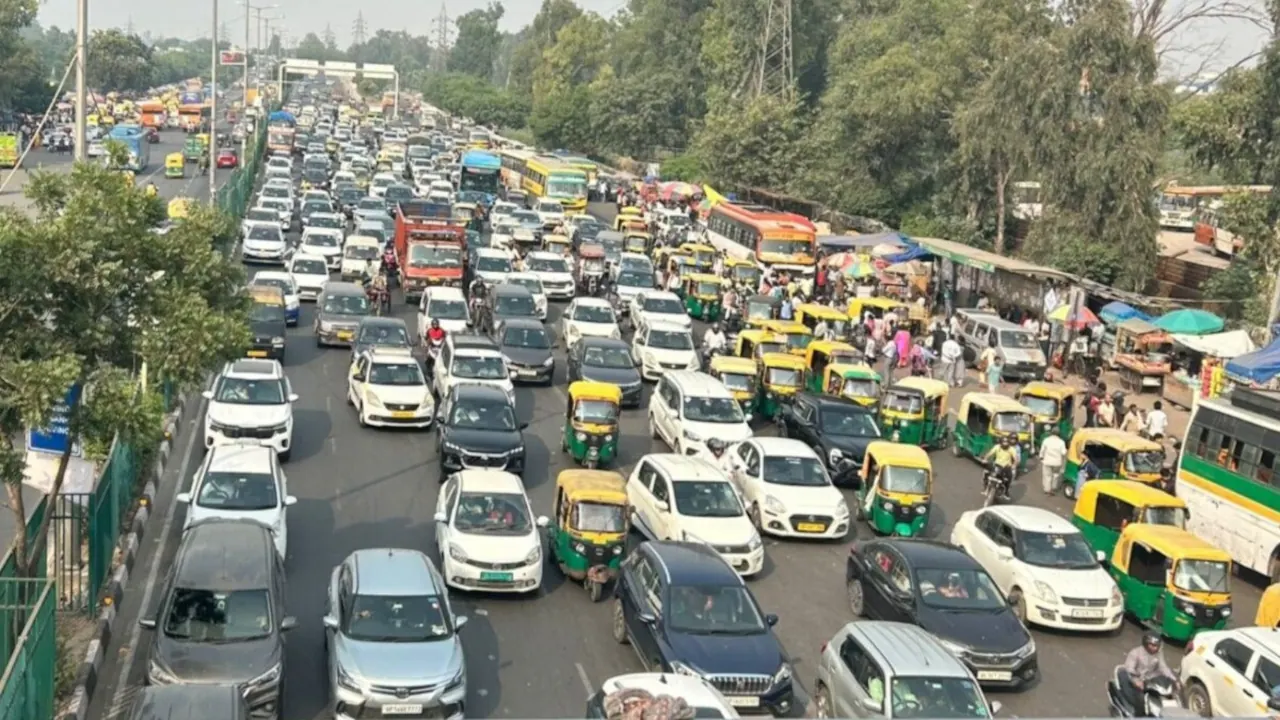- Experts say MD 115 does not close Australia’s doors but recalibrates the pace and structure of entry
- Indian students must now prepare complete, error-free applications while prioritising universities with strong regulatory performance
- The directive underscores a broader shift toward a more disciplined and risk-segmented international education system
Australia’s immigration system entered a new era with the implementation of Ministerial Direction 115 (MD 115) on 14 November 2025, a directive that fundamentally alters how Student Visa (subclass 500) applications are assessed. Rather than treating all applicants equally, MD 115 introduces a tiered prioritisation system based on the compliance record and risk profile of education providers.
Under the new regime, applicants linked to low-risk universities benefit from faster processing, while those associated with institutions under regulatory scrutiny face slower evaluations. This marks a shift toward a system that prioritises institutional accountability and the integrity of the international education pipeline.
From July 2025 onward, every student visa application attracts a uniform fee of AUD 2,000, regardless of study level or field. Processing times are expected to diverge even more sharply as applications are sorted by institutional performance
The subclass 500 visa retains broad academic permissions, enabling enrolment across higher education, VET, ELICOS, pathway courses, school education and postgraduate research. A valid Confirmation of Enrolment remains mandatory for every application. Students already in Australia must now navigate stricter compliance rules, with many visa categories—such as Visitor and Temporary Graduate—no longer eligible for onshore conversion to a student visa.
Work rights remain capped at 48 hours per fortnight during academic sessions, except for official study breaks or after course completion. Research students at the Master’s and PhD level continue to enjoy unrestricted work rights once their programs begin.
MD 115 also tightens the scrutiny on packaged courses. Gaps between consecutive programs cannot exceed two months, and academic progression must be clear and defensible. Authorities may request additional financial or English-language evidence even after applications are submitted.
For Indian students—one of Australia’s largest international cohorts—the directive introduces new strategic considerations. Choosing the right institution has become more critical than ever, as universities nearing enrolment caps may experience processing delays. Conversely, regional universities with strong compliance records may offer smoother visa pathways.











